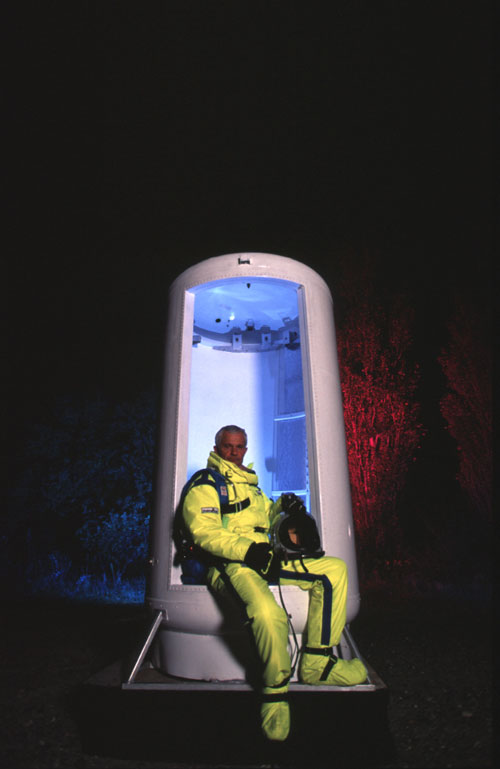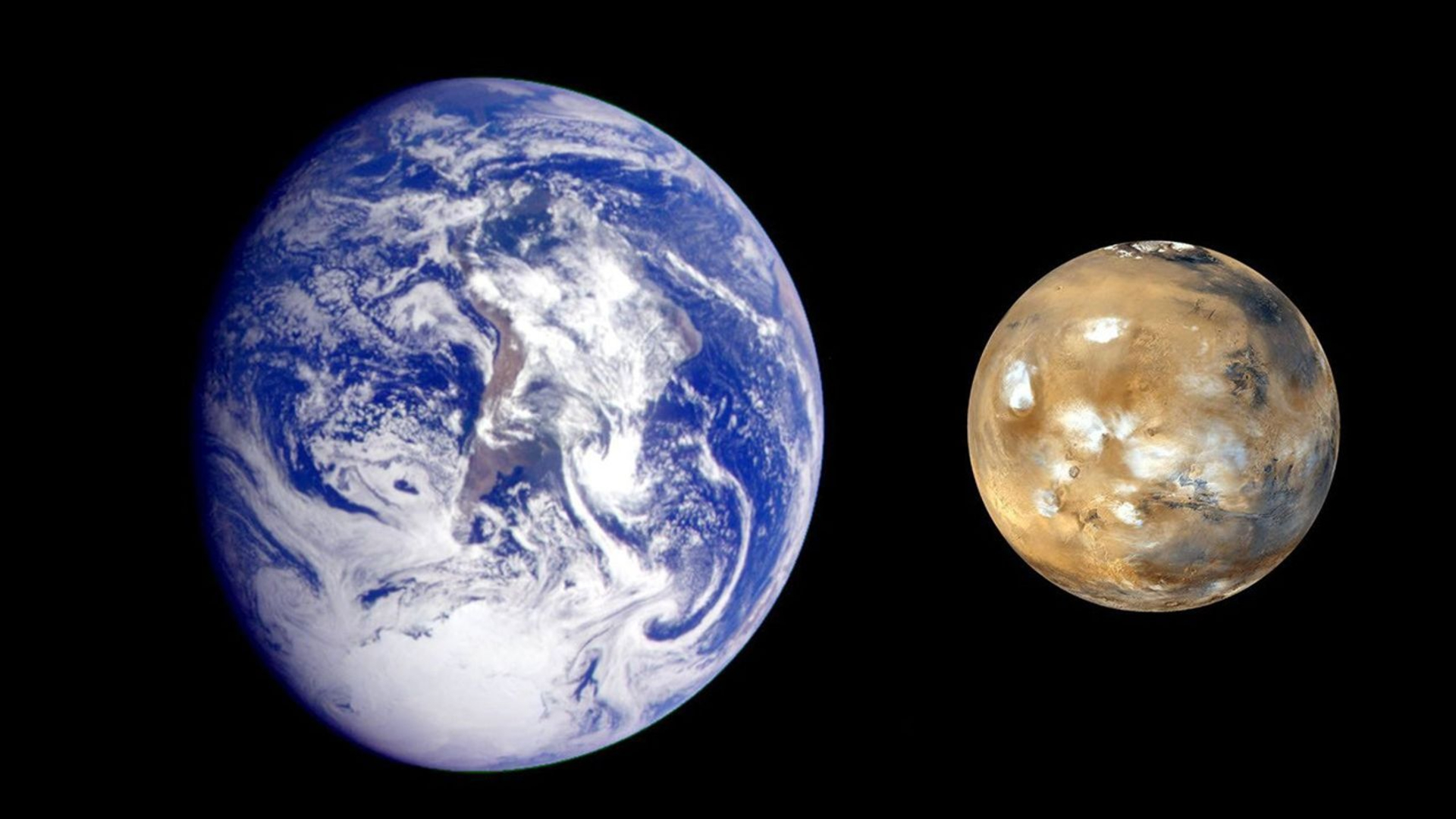Space Diver Prepares For Big Jump

Frenchman Michel Fournier is readying himself and equipment to attempt a record-setting free fall from the stratosphere.
Dubbed "The Big Jump", Fournier is eyeing next month for his supersonic free fall from about 130,000 feet (40 kilometers)--roughly 25 miles above the Earth. The dive from a balloon-carried gondola is slated to take place above the plains of Saskatchewan, Canada.
The 62-year old Fournier is an experienced parachutist, pilot and former military officer. He hopes his ultra-sky dive will contribute to the development of future technologies and the safety of stratospheric flight--specifically by astronauts in high altitude emergencies that are outfitted with the proper survival equipment.
In September 2002 and then again in August 2003, Fournier's stratospheric high-dive over Canada was thwarted by weather and balloon problems. Over the last two year, The Big Jump team has worked on technical issues, ordering a new balloon, and awaiting the next inversion of jet streams over Canada this August.
Record-setting fall
The Jump equipment is principally composed of a huge Russian-supplied stratospheric balloon and the specially crafted gondola. To ascend to jump height will take some 3 hours. The gondola shelters Fournier during ascent. It also is loaded with flight instruments: navigation equipment, oxygen bottles, radio gear, video recorders and Global Positioning System (GPS) satellite tracking device.
If successful, Fournier will beat four world parachutist's records from the border of space:
Breaking space news, the latest updates on rocket launches, skywatching events and more!
- Altitude record for freefall
- Altitude record for human balloon flight
- Time record for longest freefall
- Speed record for fastest freefall--breaking the sound barrier in the process
Stepping out into thin air
There's history to be set and broken by Fournier.
On August 16, 1960, Captain Joseph Kittinger jumped into the record books after his dive from a height of 102,800 feet (31,334 meters). That jump set records that still stand today--the highest parachute jump, the longest freefall, and the fastest speed ever attained by a human through the atmosphere. But somewhat in contention was Kittinger's use of a small stabilization parachute during his record-setting fall.
Roger Eugene Andreyev, a Russian, is noted as holding the world's free fall record of 80,325 feet (24,483 meters), set on November 1, 1962.
In spotlighting the upcoming skydiving attempt, French astronaut, Jean-François Clervoy, explained that Fournier "will fulfill in a way one of my fantasies as an astronaut...which was always to 'walk back home' from space." He stated that Fournier is to be admired for the human dimensions of the solo exploit because he will be the only person onboard the gondola to ultimately decide to step out into thin air and take the gigantic step.
- Daring Aeronaut Prepares For Super Jump From Space
- Space Parachuting: Skydiving from the Edge
- Loose Moose: One Way to Bail Out of Orbit

Leonard David is an award-winning space journalist who has been reporting on space activities for more than 50 years. Currently writing as Space.com's Space Insider Columnist among his other projects, Leonard has authored numerous books on space exploration, Mars missions and more, with his latest being "Moon Rush: The New Space Race" published in 2019 by National Geographic. He also wrote "Mars: Our Future on the Red Planet" released in 2016 by National Geographic. Leonard has served as a correspondent for SpaceNews, Scientific American and Aerospace America for the AIAA. He has received many awards, including the first Ordway Award for Sustained Excellence in Spaceflight History in 2015 at the AAS Wernher von Braun Memorial Symposium. You can find out Leonard's latest project at his website and on Twitter.
